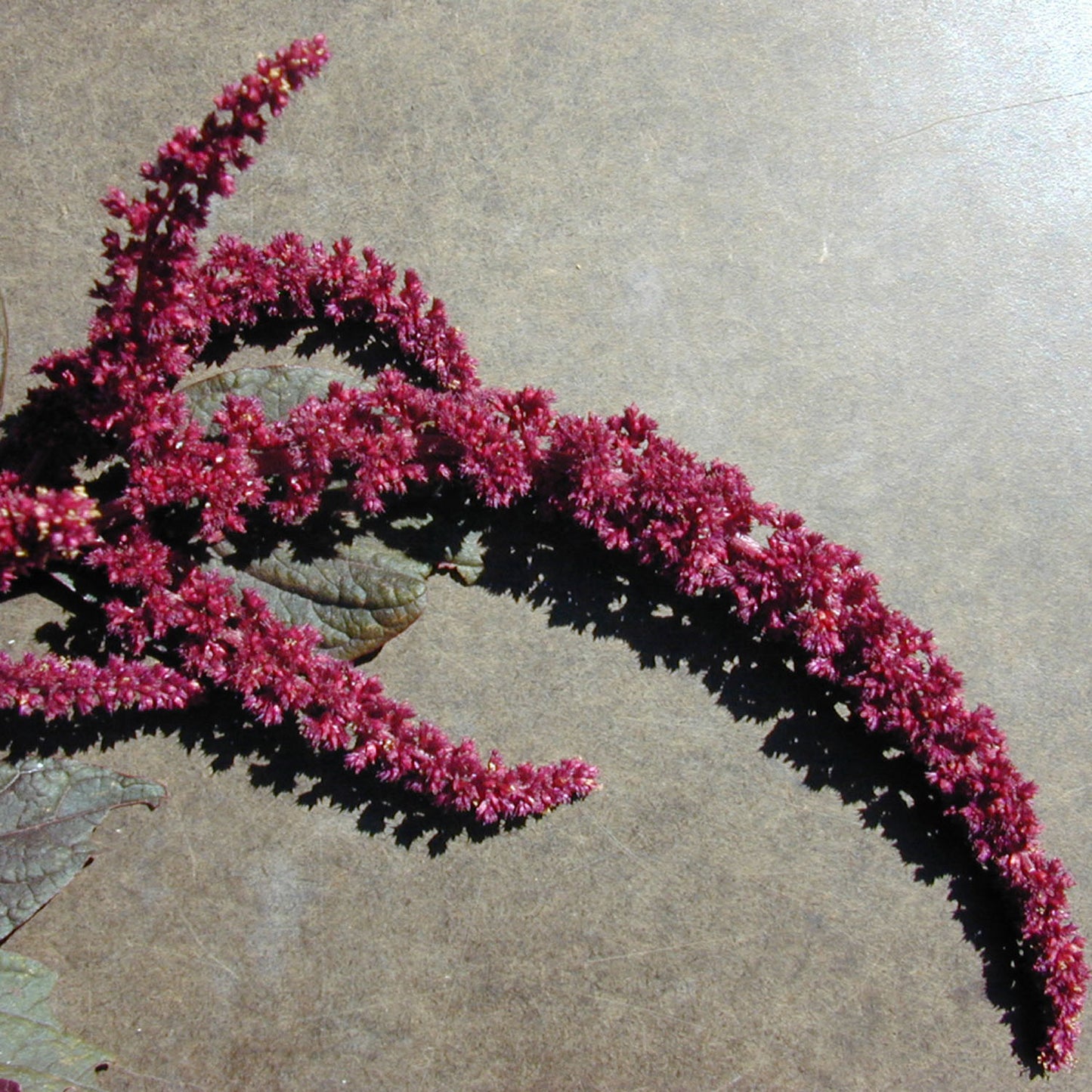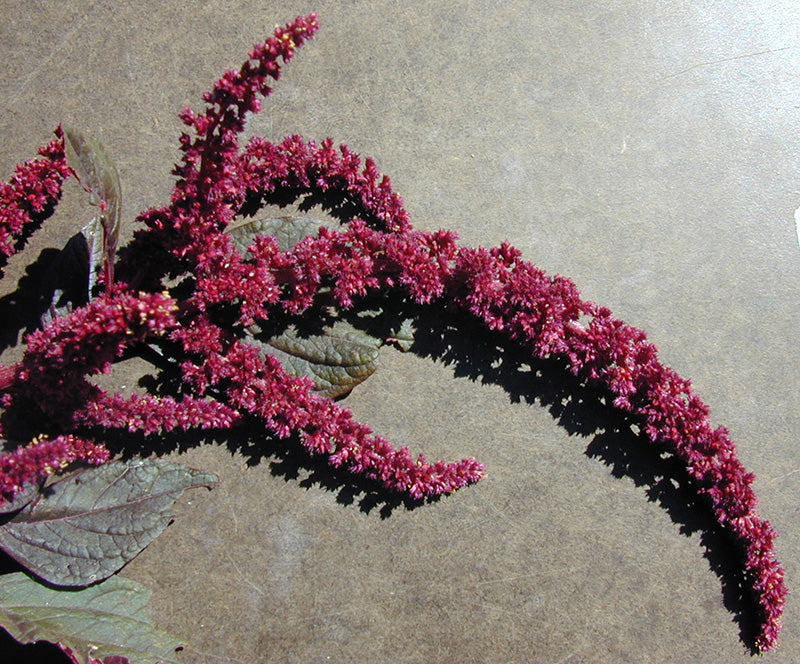This store requires javascript to be enabled for some features to work correctly.
-
BUY SEEDS
- Popular Warm Season Varieties
- Popular Cool Season Varieties
- Gift Card
- Garden and Seed Saving Supplies
- 2025 Seedlisting
- Monsoon Collection
- Amaranth
- Arugula
- Beans
- Beets
- Broccoli
- Brussels Sprouts
- Cabbage
- Carrots
- Chiles/Peppers
- Chiltepines (Wild Chiles)
- Corn
- Cotton
- Cowpeas/Black-Eyed Peas
- Cucumbers
- Devil's Claw
- Eggplant
- Gourds
- Greens - Cool Season
- Greens - Warm Season
- Herbs
- Kale
- Lettuce
- Luffa
- Melons
- Mustards
- Okra
- Onions and Garlic
- Panic Grass
- Parsnips
- Peas
- Radishes
- Sesame
- Sorghum
- Squash
- Sunflowers
- Swiss Chard
- Tobacco
- Tomatillos
- Tomatoes
- Turnips
- Watermelons
- Wheat
- Wildflowers
- Crop Wild Relatives
-
GIFT SHOP
-
BUY SEEDS
- Popular Warm Season Varieties
- Popular Cool Season Varieties
- Gift Card
- Garden and Seed Saving Supplies
- 2025 Seedlisting
- Monsoon Collection
- Amaranth
- Arugula
- Beans
- Beets
- Broccoli
- Brussels Sprouts
- Cabbage
- Carrots
- Chiles/Peppers
- Chiltepines (Wild Chiles)
- Corn
- Cotton
- Cowpeas/Black-Eyed Peas
- Cucumbers
- Devil's Claw
- Eggplant
- Gourds
- Greens - Cool Season
- Greens - Warm Season
- Herbs
- Kale
- Lettuce
- Luffa
- Melons
- Mustards
- Okra
- Onions and Garlic
- Panic Grass
- Parsnips
- Peas
- Radishes
- Sesame
- Sorghum
- Squash
- Sunflowers
- Swiss Chard
- Tobacco
- Tomatillos
- Tomatoes
- Turnips
- Watermelons
- Wheat
- Wildflowers
- Crop Wild Relatives
-
GIFT SHOP
-
BUY SEEDS
- Popular Warm Season Varieties
- Popular Cool Season Varieties
- Gift Card
- Garden and Seed Saving Supplies
- 2025 Seedlisting
- Monsoon Collection
- Amaranth
- Arugula
- Beans
- Beets
- Broccoli
- Brussels Sprouts
- Cabbage
- Carrots
- Chiles/Peppers
- Chiltepines (Wild Chiles)
- Corn
- Cotton
- Cowpeas/Black-Eyed Peas
- Cucumbers
- Devil's Claw
- Eggplant
- Gourds
- Greens - Cool Season
- Greens - Warm Season
- Herbs
- Kale
- Lettuce
- Luffa
- Melons
- Mustards
- Okra
- Onions and Garlic
- Panic Grass
- Parsnips
- Peas
- Radishes
- Sesame
- Sorghum
- Squash
- Sunflowers
- Swiss Chard
- Tobacco
- Tomatillos
- Tomatoes
- Turnips
- Watermelons
- Wheat
- Wildflowers
- Crop Wild Relatives
-
GIFT SHOP
Amaranthus spp. Grown by the Aztecs and by Southwestern Native people for millennia. Amaranth is a versatile crop that is edible in many ways. The young leaves are a great source of vitamins and are high in calcium and iron. The small grain is naturally gluten free, rich in lysine and can be toasted and popped, ground into flour, or eaten whole. Mature roots can even be be eaten, similar to a parsnip.
Plant with the spring or summer rains. Broadcast or rake the tiny seeds, covering with 1/4 inch of soil. Thin any crowded seedlings and add them to a salad. Amaranth species are wind pollinated and easily cross, bag seedheads to maintain purity. Bagging maturing seedheads makes harvesting the grain easy as well. Approx. 0.3g/300 seeds per packet.


